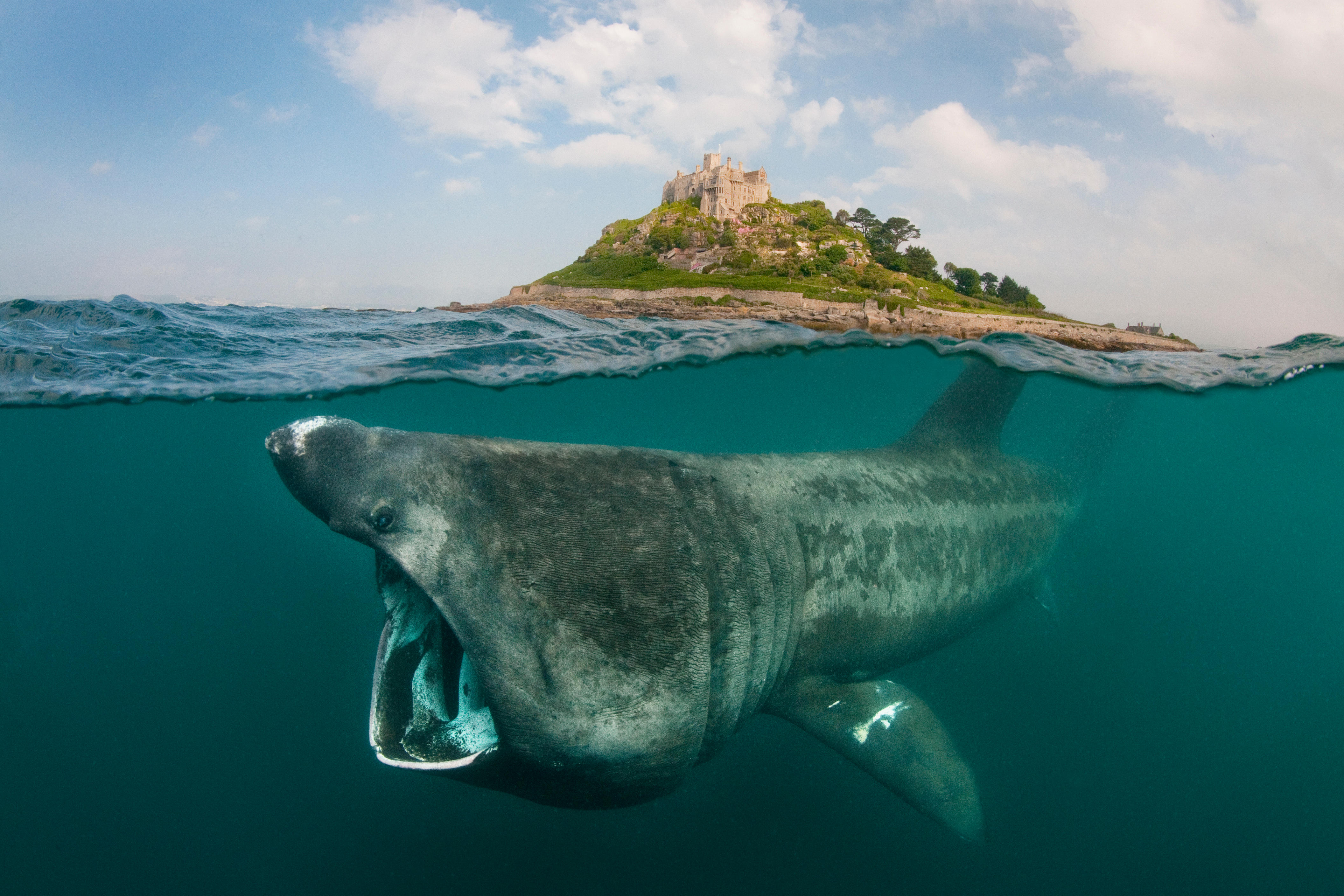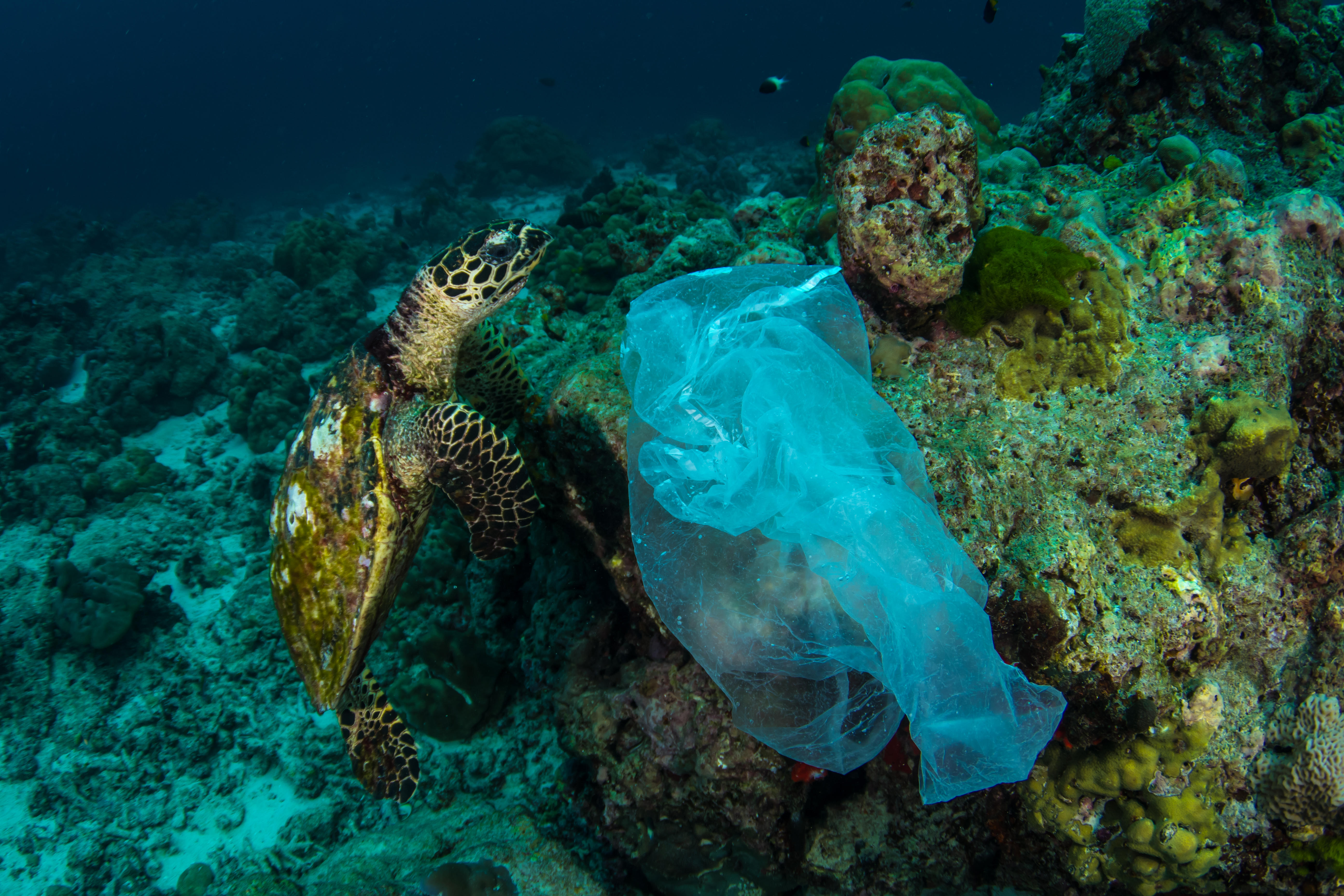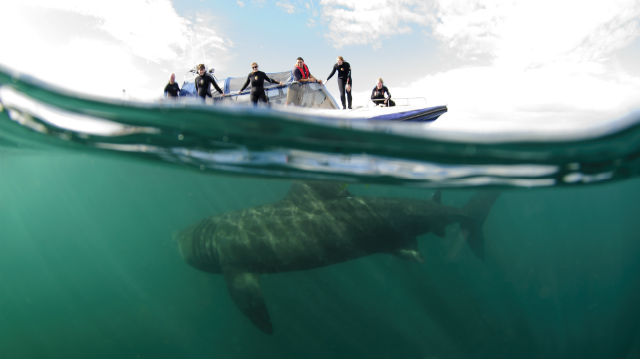Glow-in-the-dark pocket shark discovered by scientists
The diminutive species, the American pocket shark or Mollisquama mississippiensis, has been found in the Gulf of Mexico.

Forget Jaws, a new and significantly smaller shark has been making waves in the marine science.
The American pocket shark, or Mollisquama mississippiensis, has been discovered in the Gulf of Mexico, according to a study in the Zootaxa journal. The shark is just five and a half inches long, secretes fluorescent liquid from pouches near its front fins and can glow in the dark.
It is only the third of more than 500 known shark species believed to secrete fluorescent liquid. The shark also has clusters of photophores on its stomach — organs that produce light with the help of bacteria.
The only other pocket shark to have been captured was found in the eastern Pacific Ocean in 1979, according to study author Mark Grace of the National Oceanic and Atmospheric Administration.
‘Both are separate species, each from separate oceans. Both are exceedingly rare,’ he said.
Both species have pouches near their front fins, but it wasn’t until the most recent discovery that scientists suggested their purpose — to secrete liquid to attract prey and hide themselves.
The new shark — a 5.6-inch (14cm) male — was collected during an expedition to study sperm whale feeding.
Exquisite houses, the beauty of Nature, and how to get the most from your life, straight to your inbox.
Identifying the shark involved examining its external features with a dissecting microscope, studying x-ray images and high resolution CT scans. The most sophisticated images of the shark were produced at the European Synchrotron Radiation Facility in Grenoble, France, which produces x-rays 100 billion times brighter than those used in hospitals.
‘The fact that only one pocket shark has ever been reported from the Gulf of Mexico, and that it is a new species, underscores how little we know about the Gulf – especially its deeper waters – and how many additional new species from these waters await discovery,’ added Henry Bart, director of the Tulane Biodiversity Research Institute.
Researchers hope to find more examples of the unusual species and form a better understanding of their pocket structures.

World’s first protected area for basking sharks to be set up in Scotland
Scotland wants to create the world’s first protected area for basking sharks

Credit: Alamy
Country Life Today: Plastic bag sales plummet by 90% thanks to Blue Planet effect and seagulls are up to no good in an Exeter pub
Our news round-up features a 90% drop in the sale of plastic bags, Prince Charles's new guide to village life

Swim with sharks in Scotland this summer
This summer, spot and swim alongside basking sharks at the Isle of Coll festival in Scotland